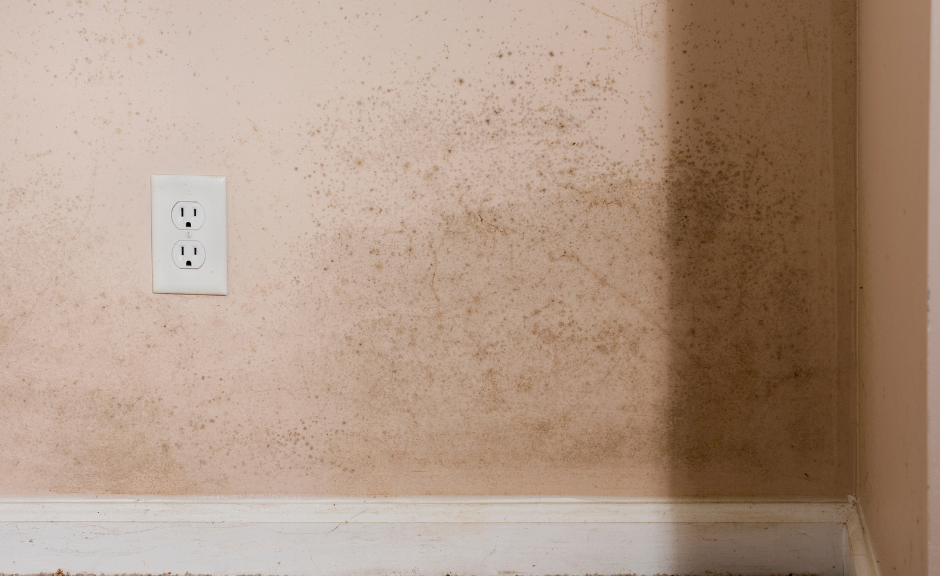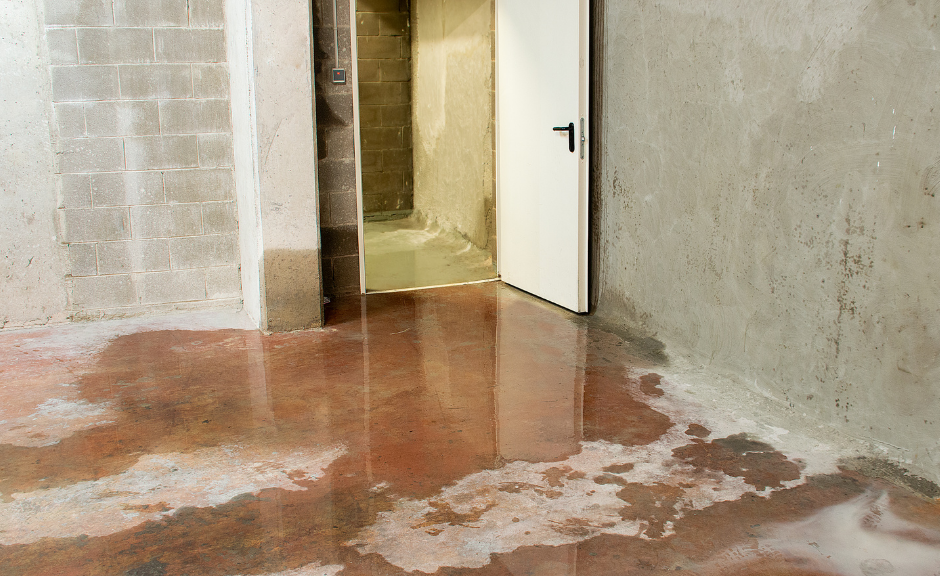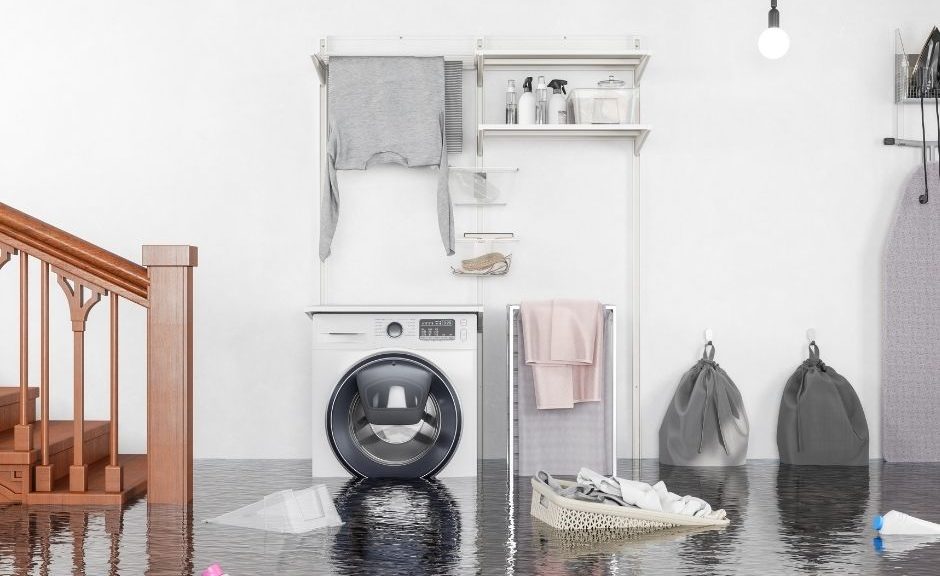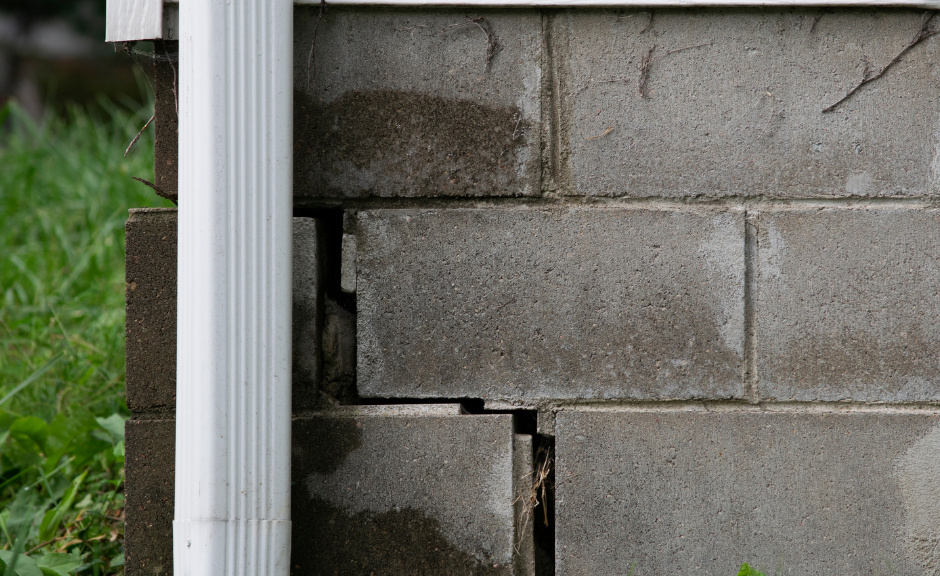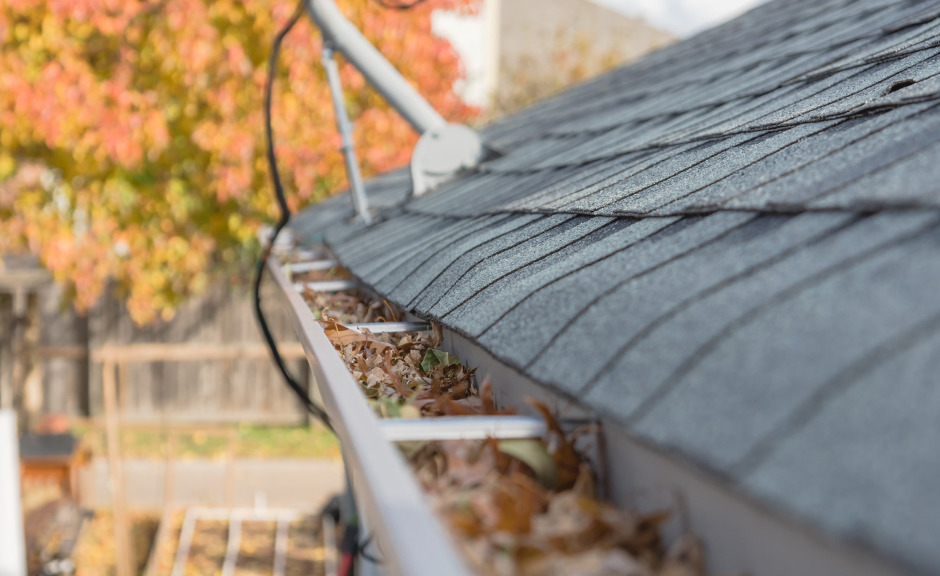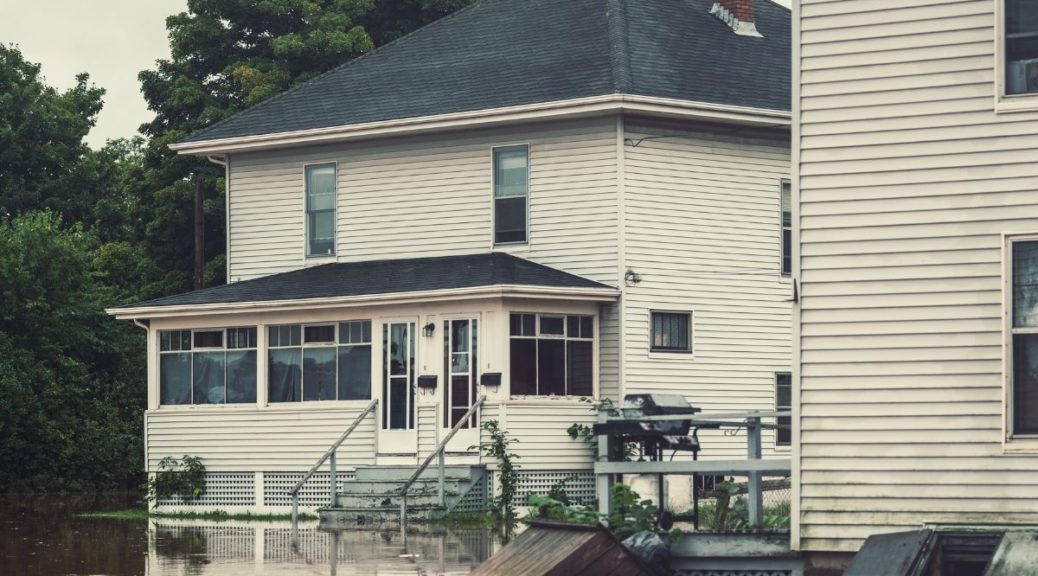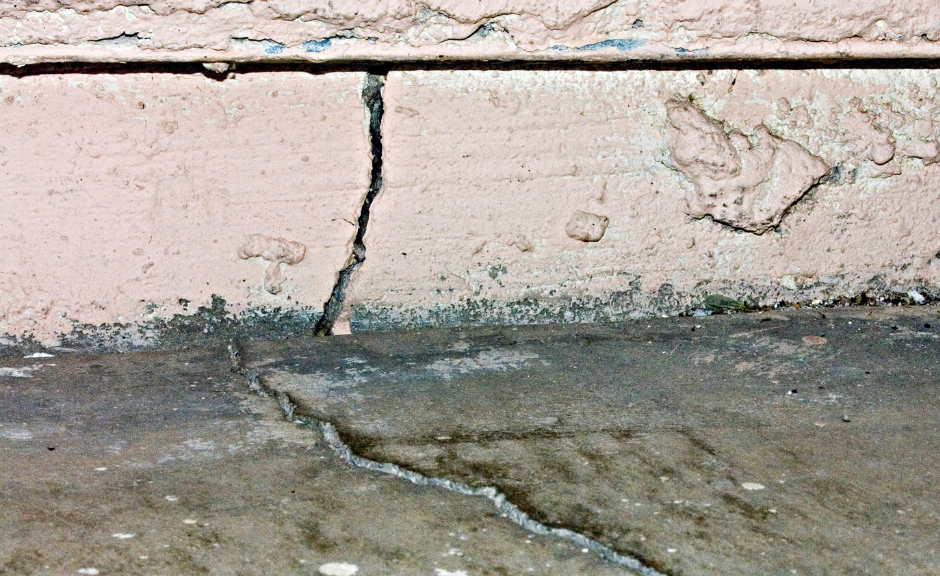One of the worst things that can happen to your home is to get a mold infestation. I have seen many homes that have it and it’s scary.
It’s scary because not only does mold smell bad and look horrible, it’s also a threat to the health of the homeowners. Once the mold is discovered, it needs to be removed as quickly as possible as it will only get worse.
Mold starts as a spore floating around the home. Mold spores are always present and can never be totally eliminated. Mold will not survive if it is allowed to sit. When water is added to it, the mold begins to grow. Mold has tentacle-like arms (hyphae) which spread and tangle as it moves along the surface. Basement mold has a fuzzy or slimy appearance.
It then develops and grows when water gradually runs down from the roof and downspouts into the ground around your home foundation. It will run out of room and begin pooling. Eventually, the water breaks through basement waterproofing or through the cracks in the foundation. The basement will flood and cause thousands of dollars’ worth of damage.
So, before the worst-case scenario comes true, you can detect the signs of mold:
- Musty smell: This one is the most obvious. You will smell a strange and unpleasant odor. The stronger the smell, the worse the mold growth. It can be located near the damp area in the household.
- Rust: This means there is excessive moisture in the house. It also means that this is the perfect environment for mold to grow.
- Water damage: Mold is a given if you have had water damage. Water can be absorbed which makes it damp, creating another environment for mold to grow. During winter, indoor condensation leads to higher humidity, which helps mold grow.
- Walls have bubbles: Mold may form bubbles on the walls. You will find this mold in bathrooms, the basement, and near windows. It may be from a leaky pipe or window seal.
- Health issues: This is the worst sign and the one that tells you that mold has gotten out of control in your home. As a result of breathing mold spores every day, homeowners may develop allergies. They may have nasal congestion, watery eyes, or a nagging cough. The skin may also itch or have tingling sensations. It may also be flaky and dry and lead to hives. Mold spores may migrate to the lungs becoming asthma.
Mold should never be ignored. It will not go away unless it has been removed by a mold remediation company. If you detect any or all of these symptoms, contact a basement waterproofing contractor for a consultation.
M Taylor Enterprise can inspect your home foundation to see if you have any mold issues. Call our home foundation and structural repair experts in Maryland at (301) 649-3406 or matt@mtaylorenterprise.com. We will do a free consultation, make recommendations then do any needed repairs done quickly and efficiently.
We serve Montgomery County, MD, parts of Prince Georges, MD, and Howard County, MD.


